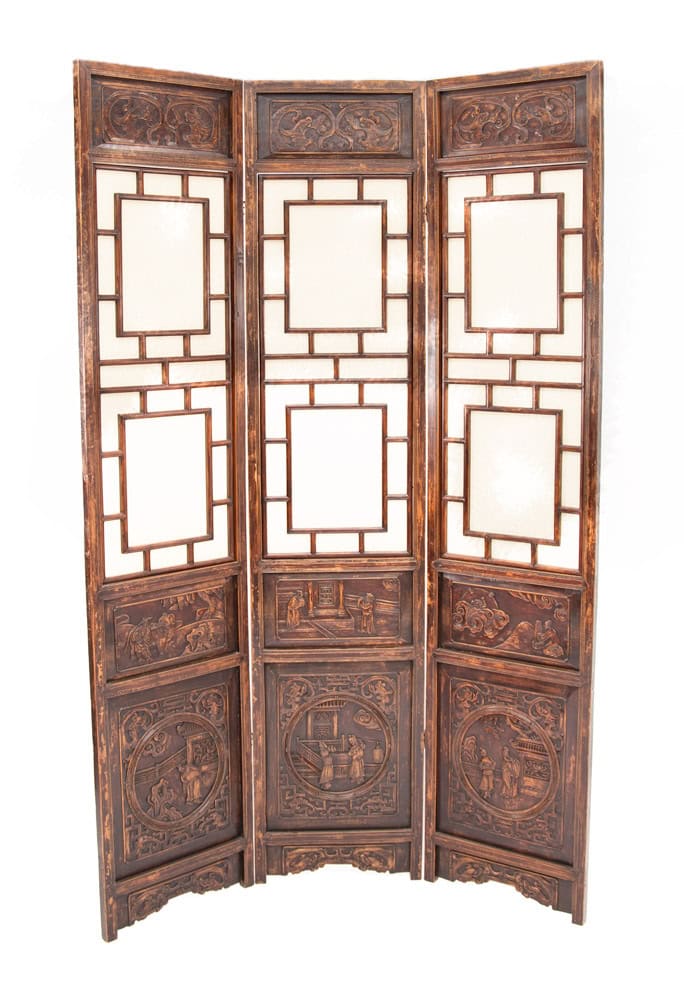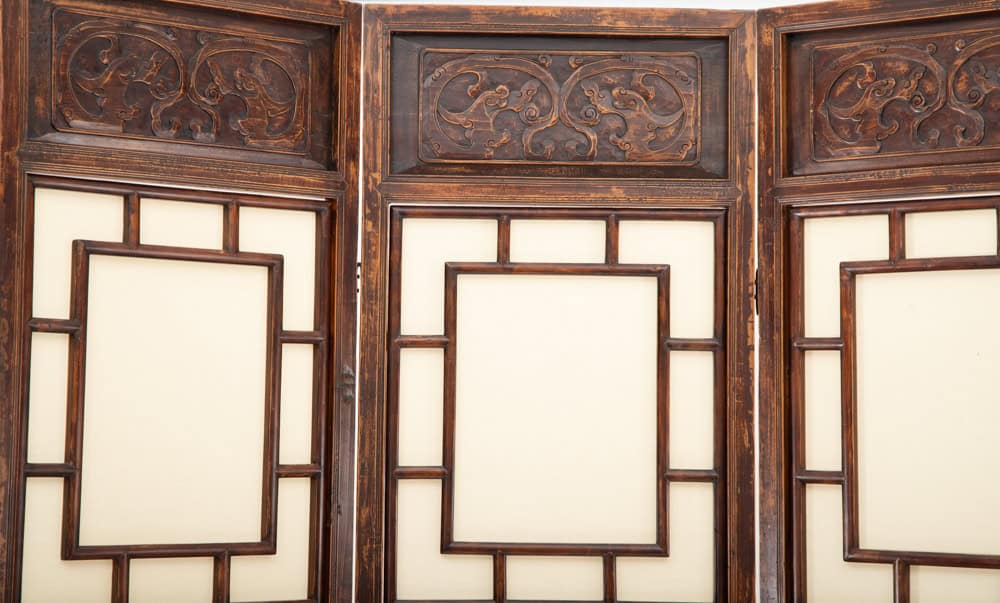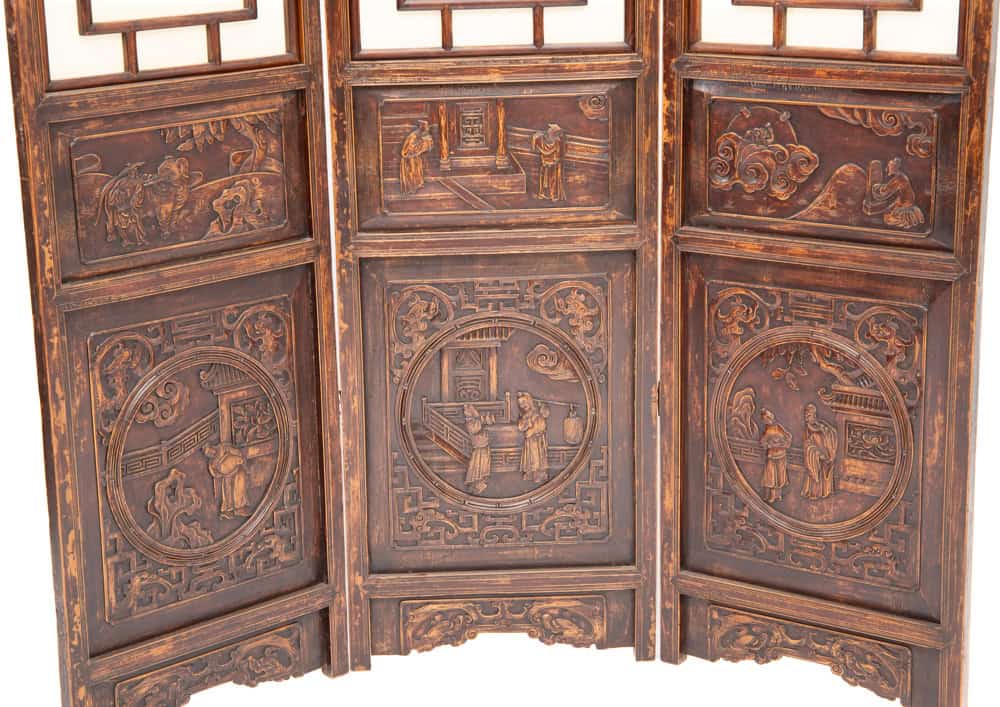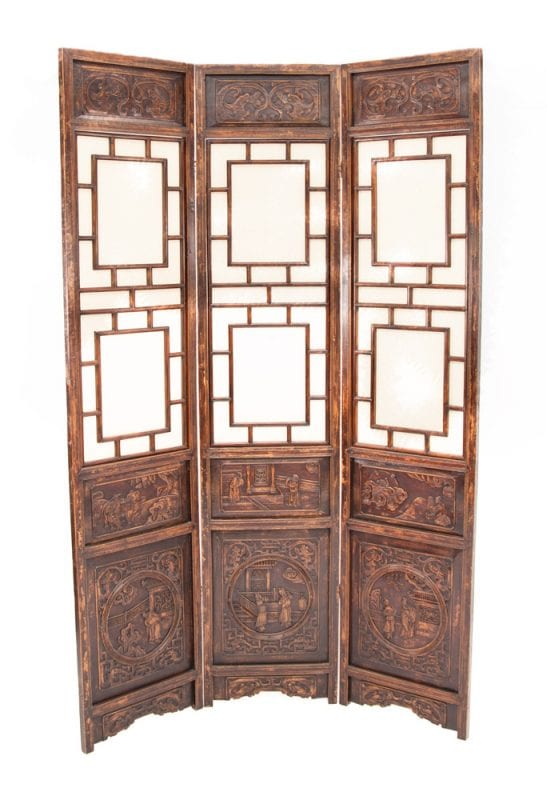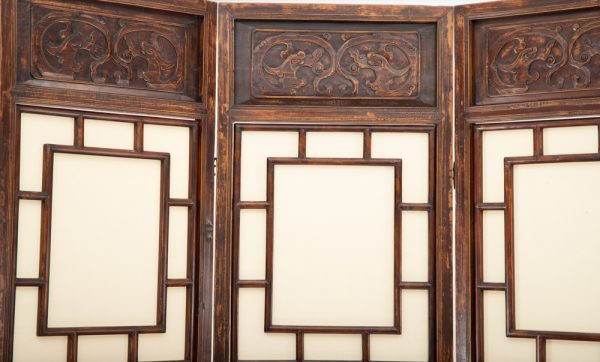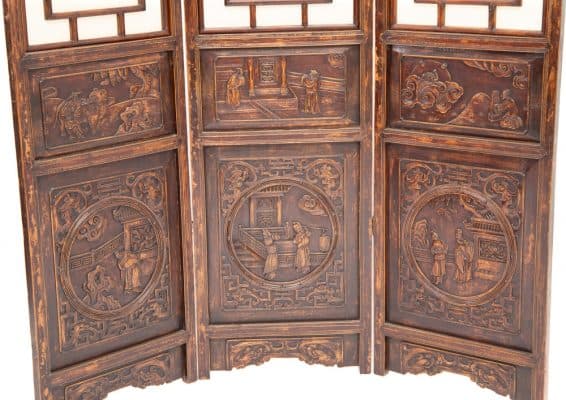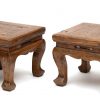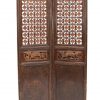Three panel screen with relief carving
$4,300.00
19th century
- walnut
- 255cm H x 50cm W x 7cm D (each panel)
The screen displays panels of Confucian morals. Upper panels show dragons, symbol of strength and authority.
A shipping fee is calculated to deliver this item to the metropolitan areas of Brisbane, Sydney, Melbourne, Adelaide and Perth. Contact us to arrange a quote for delivery to other areas.
1 in stock
Make an EnquiryNote: Shipping of art is free in Australia

